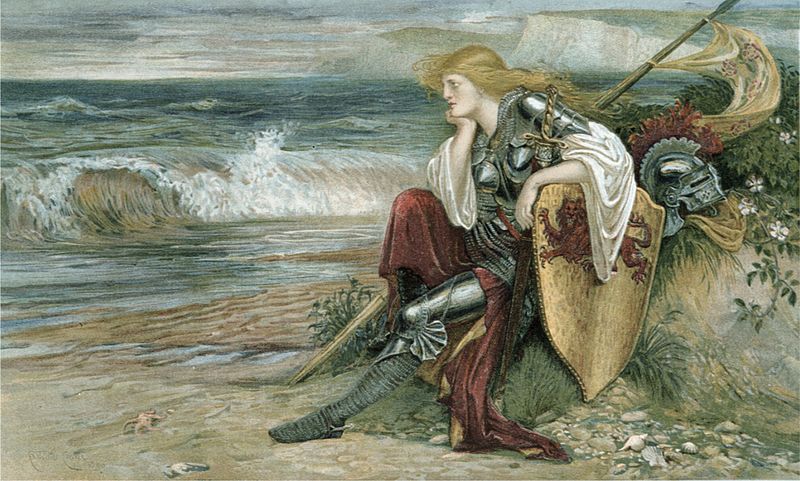The Princess and the Pea
I'm surprised at how short this story is. It could use more exposition and detail. The most major part of the story to be preserved would be how the princess inadvertently proves her identity as a result of her delicate senses. So, maybe with a rewrite in an urban fantasy setting, the princess (or prince) could be of questionable species. Maybe she must be invited into the castle, and seems to evade all its interior mirrors and other reflective surfaces. So, the king or lord of the castle suspects her, and puts garlic into her room while she's asleep. In the morning, she complains of allergies/poisoning. By the end, the castle's lord/king finds that she's a vampire, and stakes her.
The Emperor's New Suit
This story is one of my childhood favorites, but I'm at a loss for how to tweak it for the fantasy genre. Maybe the suit itself is real, like a magic item, and gets into the hands of someone besides the emperor? The trickster characters who create the suit would be central to the story.
The Brave Tin Soldier
 Since this story has so much adventure, it begs to be extended. One thing I don't like about it is how the characters are toys, so they're totally vulnerable and dependent on fate to move them around since they can't move themselves. In a sci-fi rewrite, the tin soldier could be changed to a robot. Maybe a toy or cleaning robot--something mundane. He could fall in love with a mannequin, maybe who is damaged or missing a part where the robot is, too.
Since this story has so much adventure, it begs to be extended. One thing I don't like about it is how the characters are toys, so they're totally vulnerable and dependent on fate to move them around since they can't move themselves. In a sci-fi rewrite, the tin soldier could be changed to a robot. Maybe a toy or cleaning robot--something mundane. He could fall in love with a mannequin, maybe who is damaged or missing a part where the robot is, too.The Wicked Prince
This story I have never read before, or heard of at all, but I love it! The idea of fighting an angel in an airship is epic. In a rewrite, the prince (or princess) would be the same as the original, personality-wise: ambitious and selfish. He wants to destroy God because he thinks he's powerful enough. Also, he has a flair for the dramatic, and a flying ship that can shoot hundreds of guns at once. In a fantasy setting, as mentioned, this ship would be an airship (or spaceship, if sci-fi). I'd want to keep the angel as the final antagonist--but maybe it would be a really Old Testament angel, with a number of wings and faces and eyes where they shouldn't be.
The Little Match-Seller
This is the only story I don't think I could genre-bend effectively. It seems like changing any of the story elements would just undermine the message. It works because of its simplicity. Sad potatoes.
Source: Hans Christian Andersen's Fairy Tales and Stories
Image: Max Pixel: Mannequin




